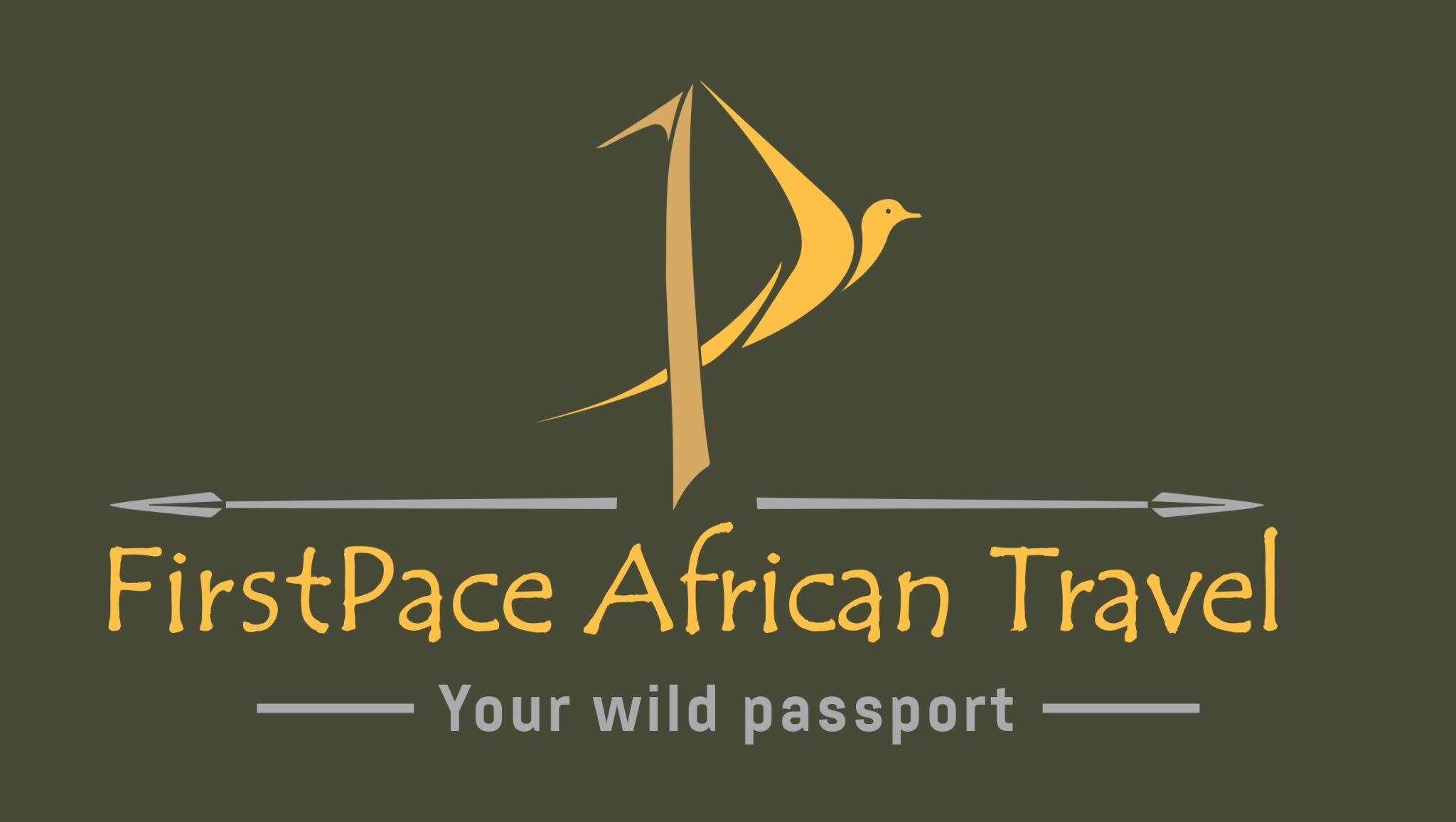Mount Kilimanjaro National Park
Nestled in Tanzania, East Africa, Mount Kilimanjaro stands tall as the continent’s highest peak, offering adventurers and nature enthusiasts an unforgettable experience. Surrounding this iconic mountain is the vast expanse of Mount Kilimanjaro National Park, a UNESCO World Heritage Site known for its diverse ecosystems, breathtaking landscapes, and unparalleled trekking opportunities. In this article, we delve into the wonders of Mount Kilimanjaro National Park, its attractions, hiking routes to the summit, and the best time to embark on this awe-inspiring journey.
Spanning over 1,688 square kilometers (650 square miles), Mount Kilimanjaro National Park is a sanctuary for biodiversity, featuring lush rainforests, alpine meadows, and stunning glaciers. The park is renowned for its rich flora and fauna, including unique species such as the elusive elephant, leopard, and buffalo. It’s also a haven for birdwatchers, with over 250 bird species recorded within its boundaries.
One of the most striking features of the park is its diverse ecosystems, which change dramatically as you ascend the mountain. The lower slopes are adorned with dense rainforests teeming with life, while higher altitudes boast alpine deserts and moorlands characterized by otherworldly landscapes. Finally, at the summit, the landscape transforms into a glacial wonderland, with magnificent ice formations and sweeping vistas stretching as far as the eye can see.
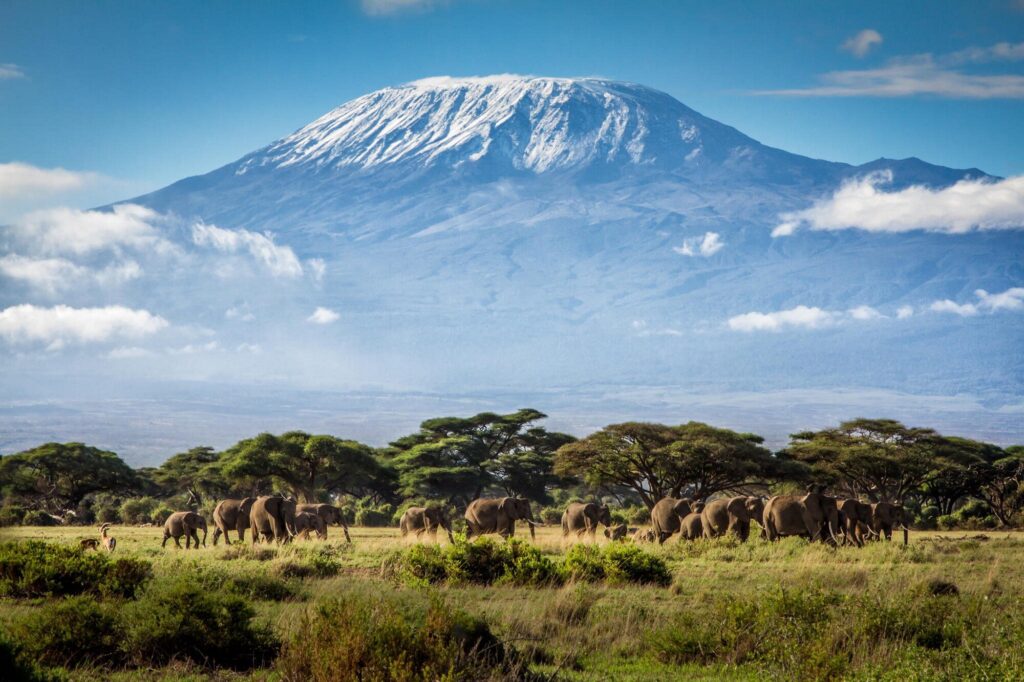
Hiking Routes to the Summit
Ascending Mount Kilimanjaro is a bucket-list experience for many adventurers, and the national park offers several well-established routes to the summit, each with its own unique characteristics and challenges. The most popular routes include:

Marangu Route
Often referred to as the “Coca-Cola” route due to its relative comfort and popularity, the Marangu route is the oldest and most well-established trail on Mount Kilimanjaro. It features comfortable mountain huts along the way and is known for its scenic beauty.
Machame Route
Dubbed the “Whiskey” route, the Machame route is renowned for its stunning vistas and diverse landscapes. It’s a bit more challenging than the Marangu route but offers a higher success rate due to its gradual ascent profile, allowing for better acclimatization.
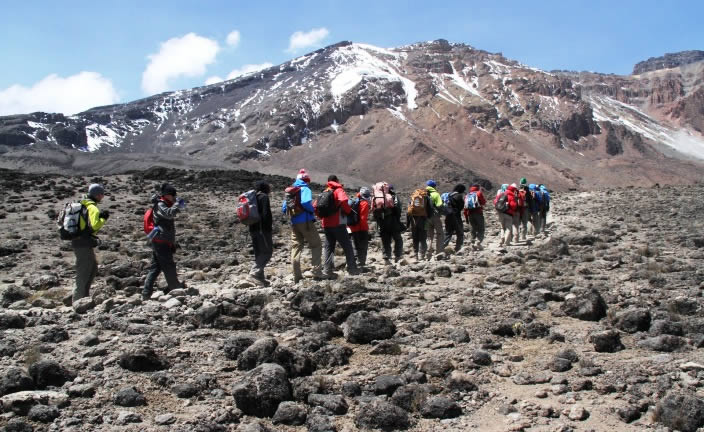

Lemosho Route
Regarded as one of the most scenic routes on Kilimanjaro, the Lemosho route traverses varied terrain, from lush rainforests to expansive moorlands. It offers ample time for acclimatization and boasts stunning panoramic views of the surrounding landscape.
Rongai Route
Starting from the northern side of the mountain, the Rongai route is less crowded and offers a more remote wilderness experience. It’s known for its gentle slopes and diverse scenery, including the rugged Mawenzi Peak.
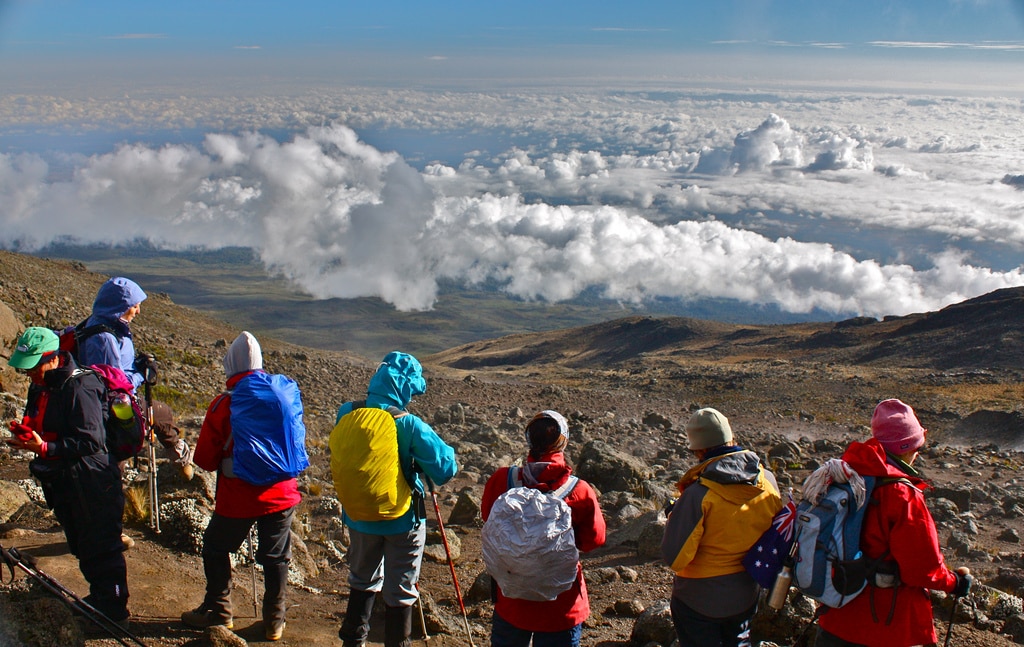

Umbwe Route
Considered the most challenging route, the Umbwe route is characterized by steep terrain and demanding ascents. It’s ideal for experienced hikers seeking a more adventurous and less crowded alternative to the popular trails.
Attractions around Mount Kilimanjaro National Park
Beyond the allure of Mount Kilimanjaro itself, the surrounding area offers a wealth of attractions to explore. Nearby towns such as Moshi and Arusha serve as gateways to the national park, providing opportunities to immerse yourself in Tanzanian culture, sample local cuisine, and browse vibrant markets. Additionally, the region is home to several other natural wonders worth visiting, including:

Arusha National Park
Situated near Mount Kilimanjaro, this park is renowned for its picturesque landscapes, diverse wildlife, and the stunning Mount Meru, the fifth-highest peak in Africa.
Lake Chala
A tranquil crater lake located on the eastern slopes of Mount Kilimanjaro, offering opportunities for swimming, hiking, and birdwatching amidst breathtaking scenery.


Cultural Tours
Engage with local communities and learn about traditional Maasai culture through guided tours, homestays, and cultural performances.
Hot Springs
Relax in the soothing waters of Chemka Hot Springs, nestled amidst lush greenery and natural rock formations.
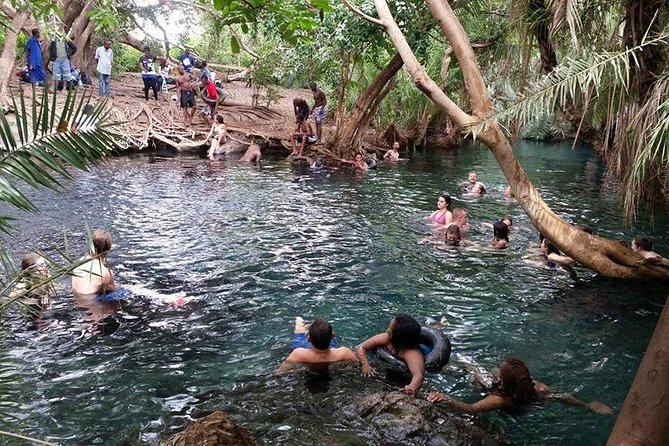
Best Time to Hike
Choosing the right time to embark on your Mount Kilimanjaro adventure is crucial for a successful and enjoyable experience. The mountain can be climbed year-round, but the best time to hike depends on several factors, including weather, crowds, and personal preferences.
The two primary trekking seasons on Mount Kilimanjaro are the dry season (from late June to October) and the short rainy season (from late November to early December). The dry season, particularly from July to September, is considered the optimal time to hike, as the weather is generally clear and dry, offering excellent visibility and minimal precipitation. Additionally, this period coincides with the summer holidays in the Northern Hemisphere, making it a popular time for travelers.
The short rainy season, although characterized by occasional showers, can still be a viable time to hike, especially for those seeking quieter trails and lush, green landscapes. However, it’s essential to be prepared for wetter conditions and increased cloud cover, which may impact visibility at higher altitudes.
Conversely, the long rainy season (from March to May) is generally not recommended for hiking, as heavy rainfall and muddy trails can make the ascent challenging and hazardous. Additionally, the mountain is often shrouded in clouds during this time, obscuring the breathtaking views that Kilimanjaro is known for.
Ultimately, the best time to hike Mount Kilimanjaro depends on your preferences, fitness level, and tolerance for varying weather conditions. Regardless of when you choose to embark on this incredible journey, summiting Africa’s highest peak is sure to be an experience you’ll never forget, leaving you with memories to last a lifetime.
